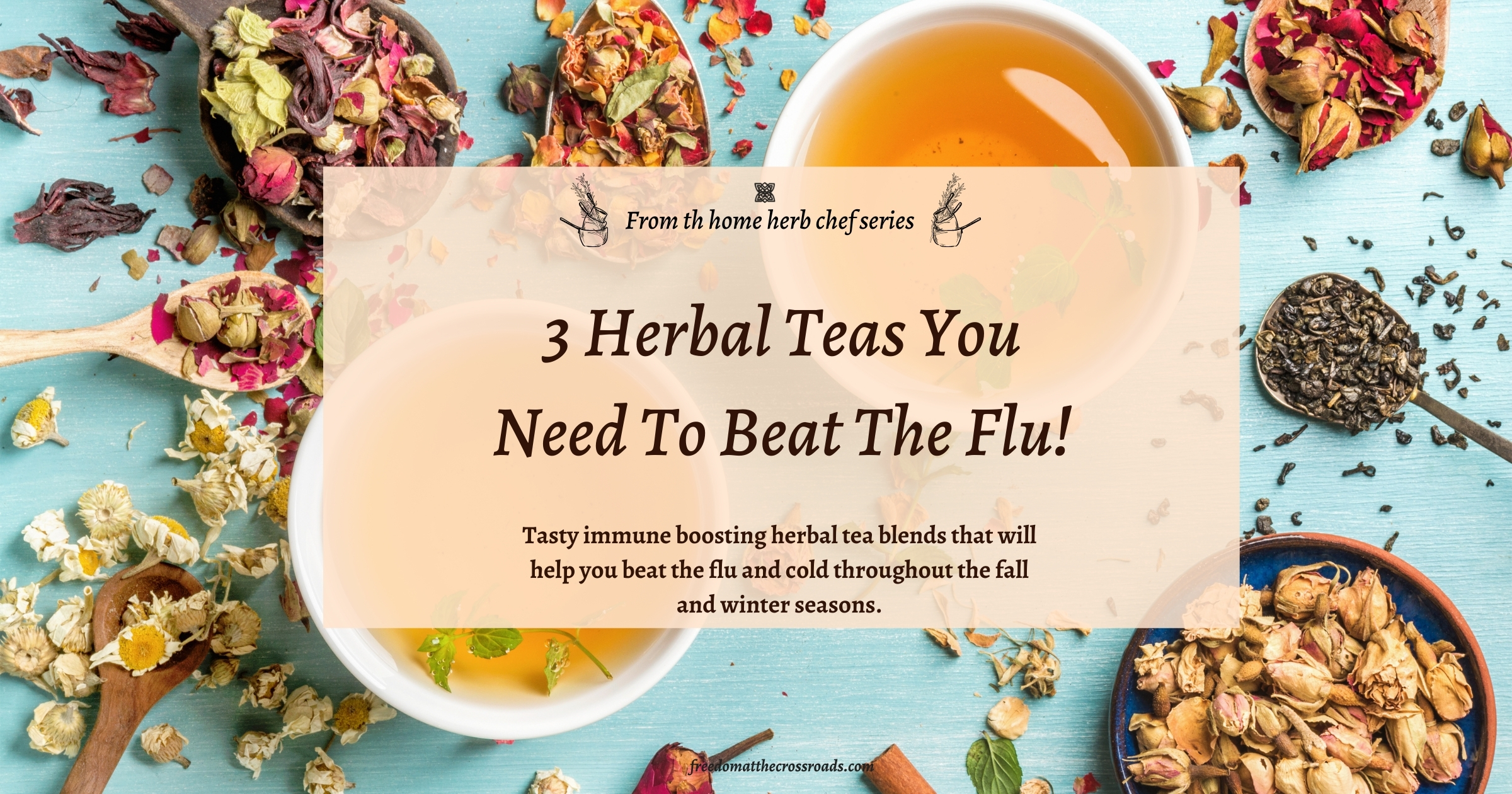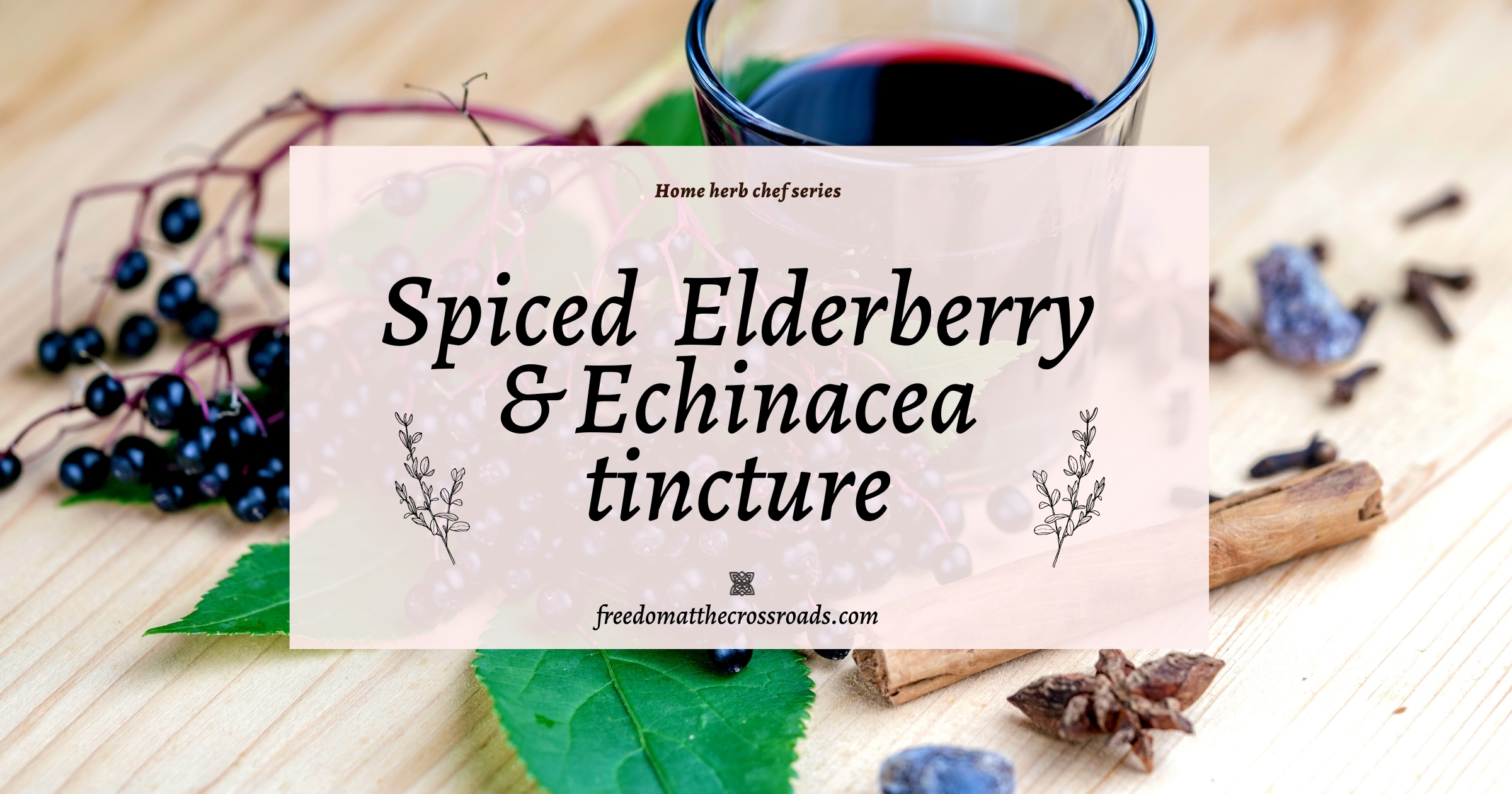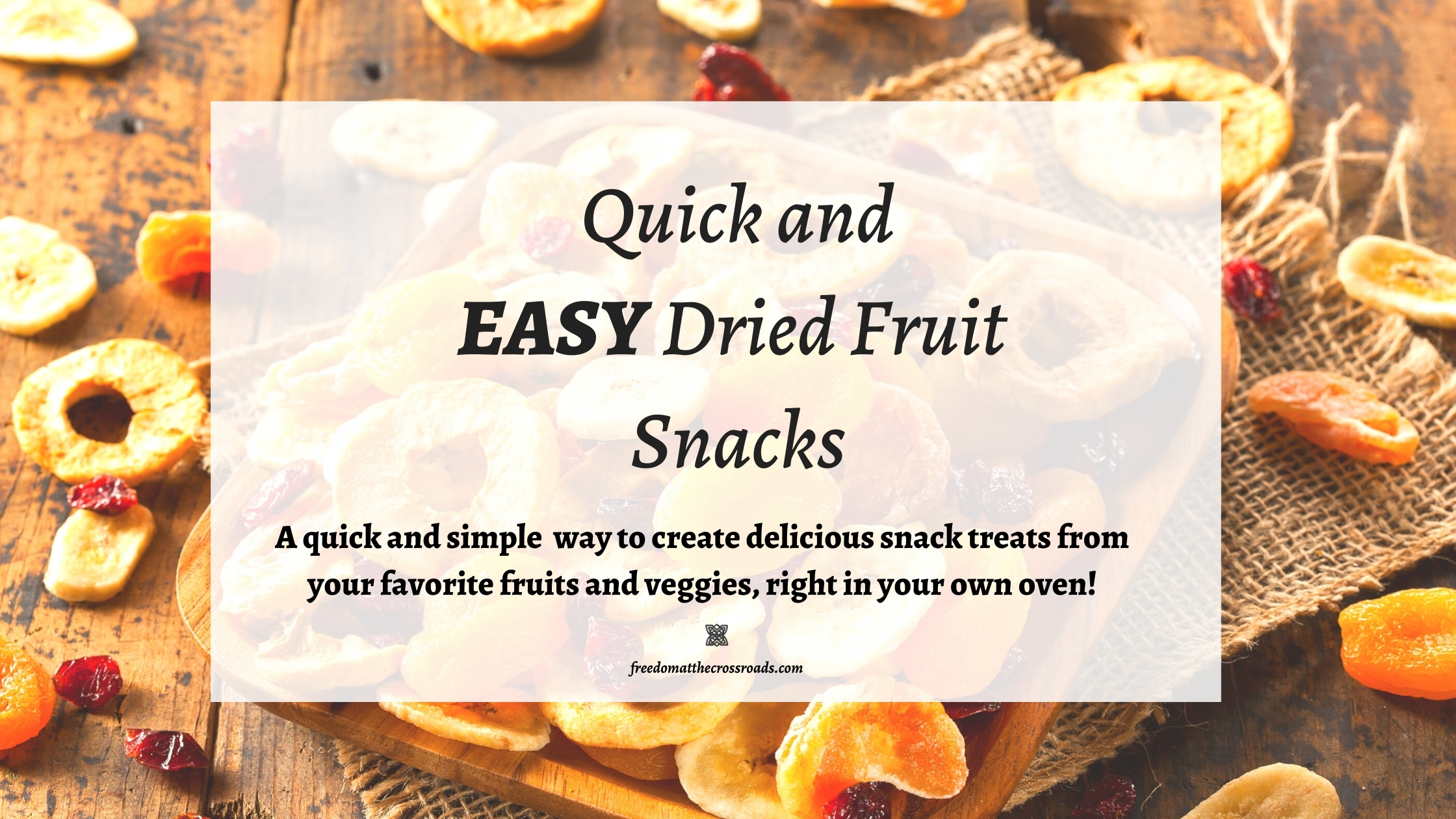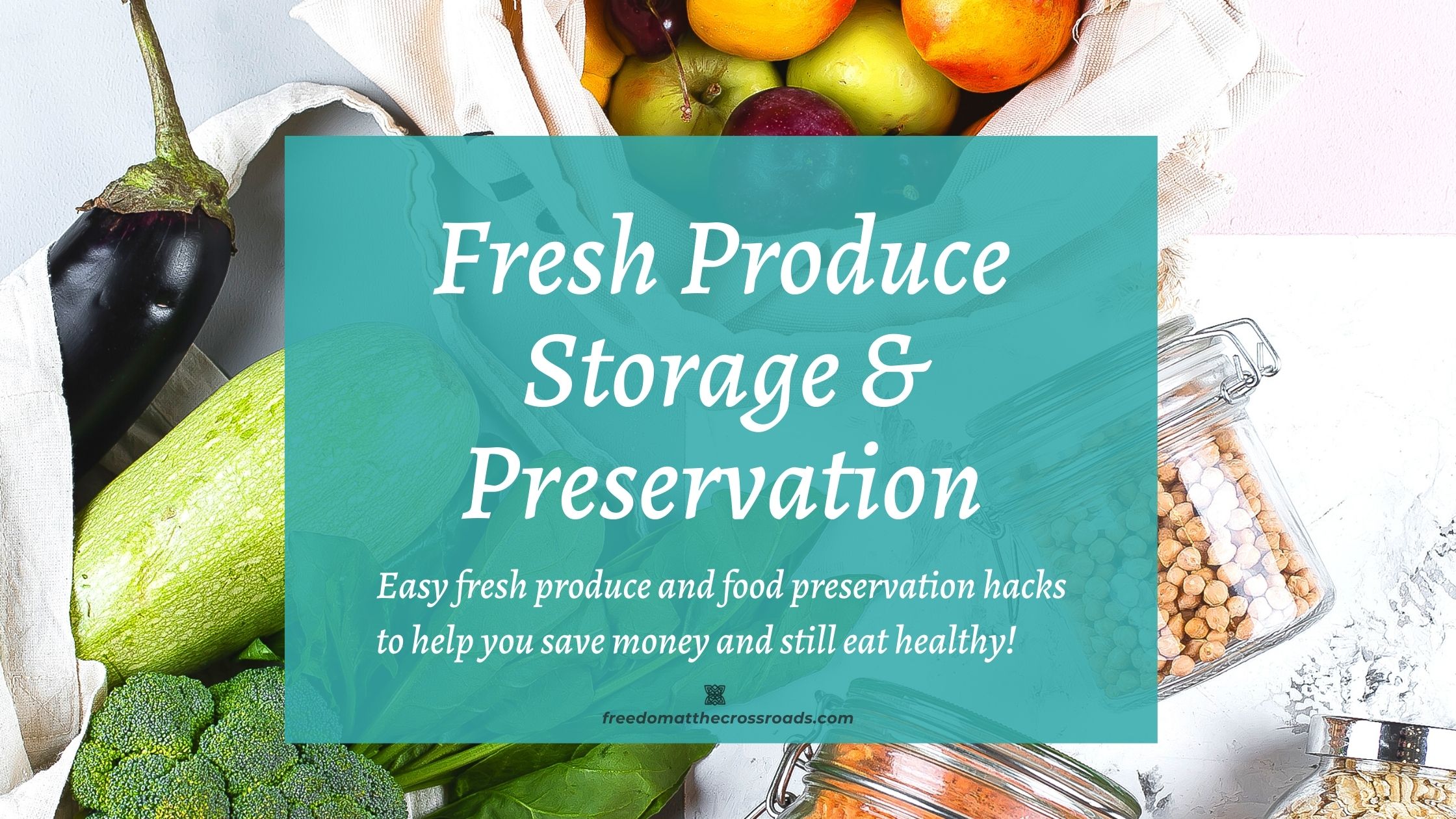My love affair with skincare
Y’all already know that I’m a bonafide skincare freak so of course, I have to be on the lookout for awesome ingredients to use in my creations. I don’t apologize for loving skincare because that’s part of my self-care routine. As I get older, I’m learning to be even more mindful of what my body needs especially when it comes to the largest organ of my body! So yeah, it’s important especially when I want to make sure I’m not using toxic creams and brands on my face! This flaxseed and cornstarch mask hits some major skincare concerns for me. This flaxseed and cornstarch face mask is anti-aging, balances, and soothes all in one go.
*Please note that as an amazon affiliate I make a small percentage as a result of any sales generated from the links in this post!
A word on those department stores and luxury skincare brands
Over the years I’ve spent a lot of money on expensive luxury and department store brands. Like a lot of women, I ended up being mostly, underwhelmed. Short of major plastic surgery, most don’t have any more dramatic results than cheaper store brands or homemade skincare. Granted, some of these luxury brands have good results, but you can also DIY a lot of great all-natural treatments and moisturizers in your own kitchen. My flaxseed and cornstarch face mask is just one example. If you’ve read any of my other skincare posts (and on other lifestyle blogs too), you’ll find easy and effective recipes that work too!
The nitty-gritty of my secret weapon DIY face mask
My mom used to say “ your makeup is only as good as the skin it sits on” and that’s the truth y’all! It doesn’t matter how many breakthroughs we make in makeup r &,d. The truth is, healthy skin is a major factor in a flawless look. That being said, who doesn’t want beautiful healthy skin? That doesn’t need any makeup at all?
Even as the years go by, I strive to support and enhance the health and beautiful my skin. I do this through both diet and my skincare routines. This DIY flaxseed and cornstarch face mask include some of my secret ( no longer secret now, lol) ingredients. As always, consult your healthcare provider if you have any allergies or sensitivities before applying any of these recipes.
Nutritional benefits
Flaxseed
They are high in omega-3, fatty acids, a great source of lignans ( a type of photochemical)which may help in fighting breast cancer risks, high in Dietary Fiber, lower bad cholesterol, a good source of high-quality plant protein, may reduce blood pressure, and packed with antioxidants. Not only that, but it may also help you meet those weight-loss goals as well!
Aloe vera gel
Aloe vera has been used for centuries in cooking as well as in herbal remedies. If you don’t know aloe vera gel comes from the leaves of the aloe plant. It’s been used as a herbal remedy for constipation, IBS, and lowering blood sugar and cholesterol. These are just a few of the many health benefits of aloe vera gel!
Cornstarch
While cornstarch is often used as a thickening agent, there’s no real benefit to ingesting it. This is actually one of those things you want to limit, substitute with something else or just toss out of your pantry!
Skincare (topical) benefits
Flaxseed
The omega-3 fatty acids (aka, alpha-linolenic acid) in flaxseeds help to smooth, hydrate, and moisturize the skin. While the lignans help reconstruct broken vessels and skin cells. Omega-3 fatty acids also contain antioxidants that protect and shield the skin from damaging free radicals and UV rays, score! Did I mention the fact that they’re also anti-inflammatory? Score!!
Aloe vera gel
Aloe has been used for skin conditions like burns, dandruff, etc for centuries. Nowadays it’s popular in both skincare and beauty treatments because of its numerous skin benefits. It’s great for treating dandruff, acne, eczema, and sunburn. It also helps to even out the complexion and moisturizes without being oily. Because it’s rich in vitamin E, it helps restore moisture to the skin.
Cornstarch
When applied topically, it soothes skin irritation, like rashes, sunburn, and itching. It also has a gentle exfoliating effect and helps remove excess oil from the skin. Cornstarch soothes redness.
Rosehip essential oil: the secret superpower ingredient!
Widely used since ancient times for its valuable healing benefits, rosehip oil is rich in skin-nourishing vitamins and essential fatty acids. Also, this essential oil contains phenols that have been shown to have antiviral, antibacterial, and anti-fungal properties.
Here are the main benefits of my secret ingredient:
- It hydrates
- Moisturizes
- It’s a natural exfoliant and brightener
- Boosts the formation of collagen
- Anti-inflammatory
- Protects against sun damage
- Reduces hyperpigmentation

What you will need:
- 2 tablespoons flaxseed meal ( organic)
- 1 tablespoon cornstarch (organic)
- 2 drop rosehip essential oil (secret ingredient)
- 1 drop lavender essential oil
- Use enough organic aloe vera gel (you can use filtered water if you have aloe allergies) to make a paste with medium thickness/ consistency; approximately 3 tablespoons.
- 1/4 teaspoon of turmeric powder (organic)
- 1 tablespoon of chamomile water made from steeping dried flowers in hot water for 10mins.
Making your skintastic face mask
Use a small glass bowl (use it only for DIY skincare stuff!) and pour your dry ingredients into it first. Next, add the aloe vera gel, essential oils plus, the tablespoon of chamomile water. Then, gently mix everything together until the mixture is smooth and apply to clean skin. If any remains, simply store in an airtight glass container, place in the fridge, and store no longer than 24-48 hours.
Before you go!
Did you check out my other DIY face mask recipes? My avocado moisture-rich face mask is just one of my favorite recipes guaranteed to lush up your skin! Also, read this article on why women have such a hard time with self-care to help you stop the self-sabotage in 2021!
ABOUT THE AUTHOR
Tonye Tariah is a Holistic health strategist, Coach, and the founder of Freedom at The Crossroads Blog. Tonye helps free women from inaction and unhealthy habits so they can get fit, healthy, and live free. Her belief is that “the cookie-cutter method only works for cookies”. Meaning, she helps each woman in a way that is unique to each her situation. By doing this, she’s better able to help women transform their lives from the inside out. Her ultimate goal is to help women become healthy and empowered through the transformative self-care journey!



















